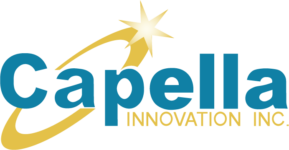Sensory Evaluation
Sensory evaluation has been defined as a scientific method used to evoke, measure, analyze and interpret those responses to products as perceived through the senses of sight, smell, touch, taste, and hearing (Stone and Sidel, 1993).
This definition has been accepted and endorsed by sensory evaluation committees within various professional organizations such as the Institute of Food Technologists and the American Society for Testing and Materials. The field of sensory evaluation has grown rapidly in the second half of the 20th century, along with the expansion of the processed-end food and consumer products industries. Nowadays, sensory evaluation becomes a tool irreplaceable in food industry while interacting with the key sectors in food production
When a consumer buys a food product, they can buy nutrition, convenience, and image. Nevertheless, most importantly consumers are buying sensory properties/performance and sensory consistency. Therefore, sensory evaluation should be an integral part in defining and controlling product quality. Every company committed to quality should support, develop and operate QC/sensory program.
Discrimination methods
We can determine if your products are different from each other through the use of:
- Triangle Testing
- Tetrad Test
- Difference from Control Paired Comparison
- Directional Difference Test
- Duo Trio Testing
- “A” “not A” test
- Attribute Ranking Test
Descriptive methods
We can determine how products differ from each other and the varying intensity of specific sensory characteristics. There are a number of test methods available:
- Quantitative Descriptive Analysis
- Consensus Profiling
- Flash Profiling
- Free Sorting
- Free Choice Profiling
- Napping
- Polarized Sensory Positioning
- Time Intensity
- Temporal Dominance of Sensations
- Progressive Profiling
Sensory perception is an important determinant in consumer food choice behaviour (Tuorila and Pangborn 1988) and critical in the development of new products. Sensory evaluation complements other quality control procedures such as microbiological, chemical and physical measurements.
We used sensory evaluation for:
- Product maintenance
- Product improvement/optimization
- Product category review
- Assessment of market potential
- Development of new product
